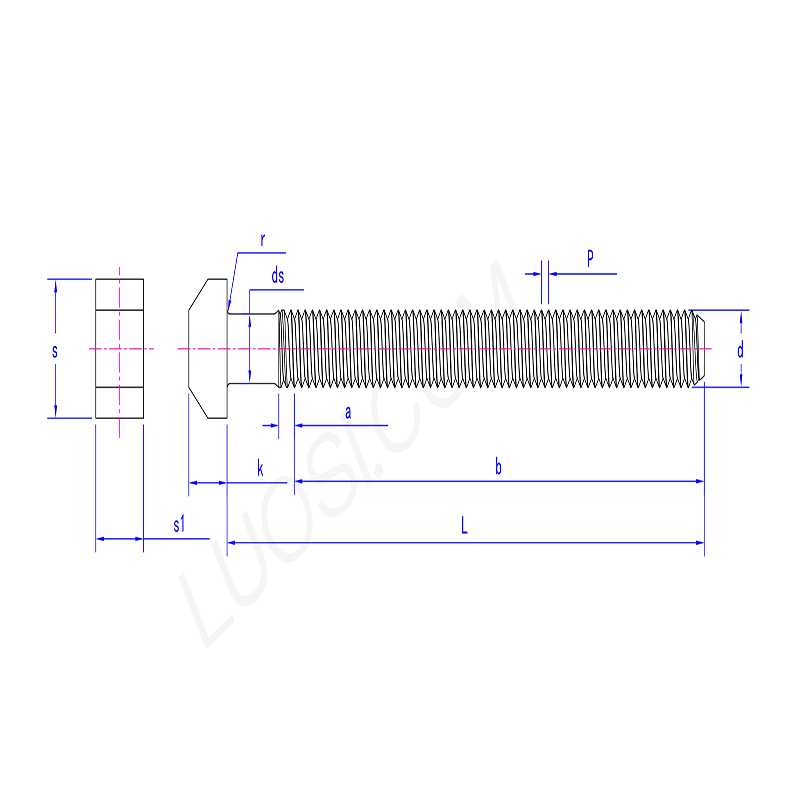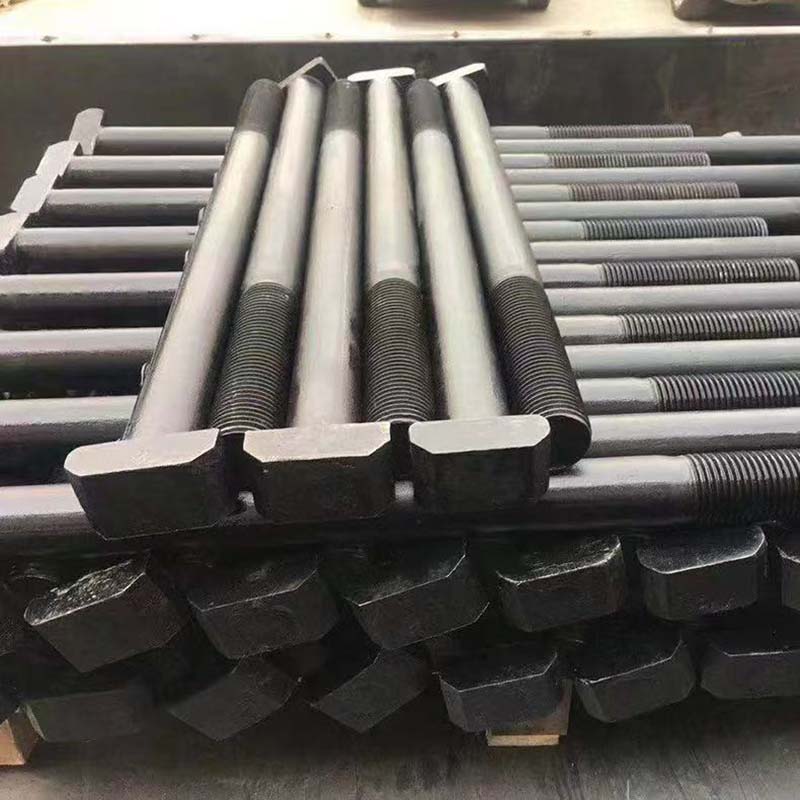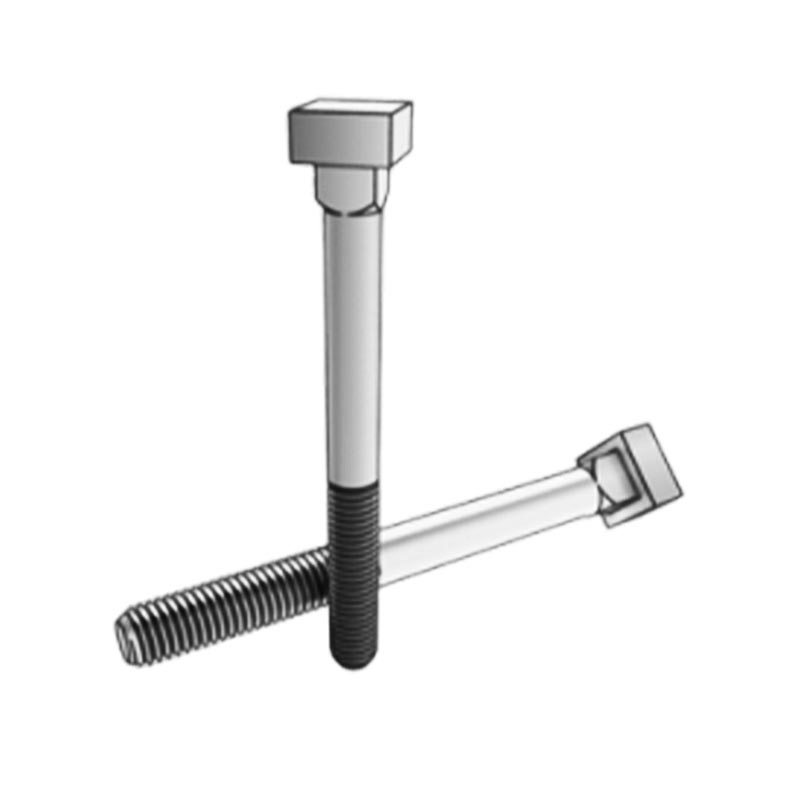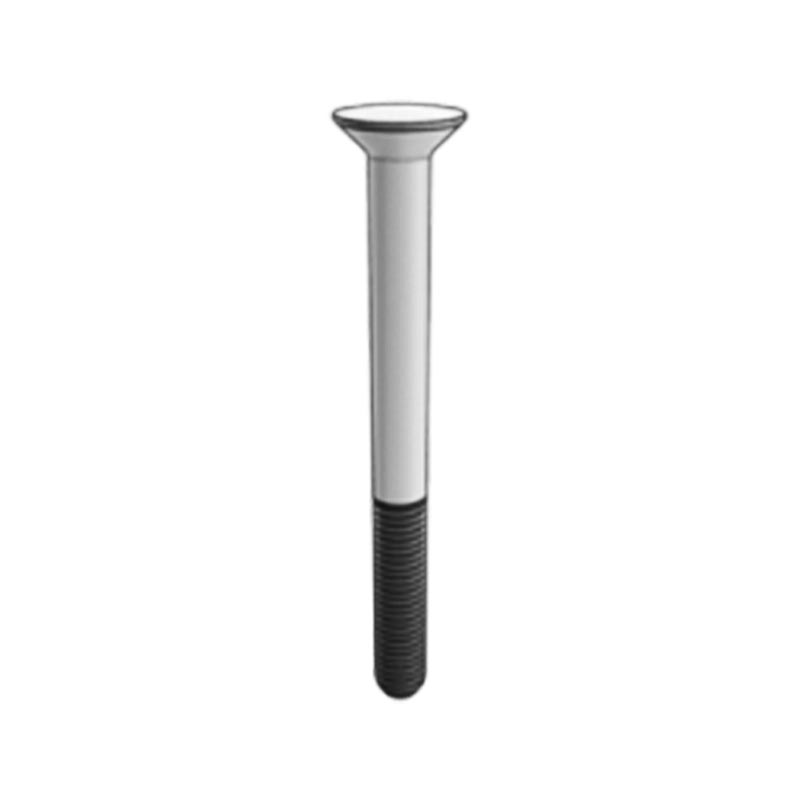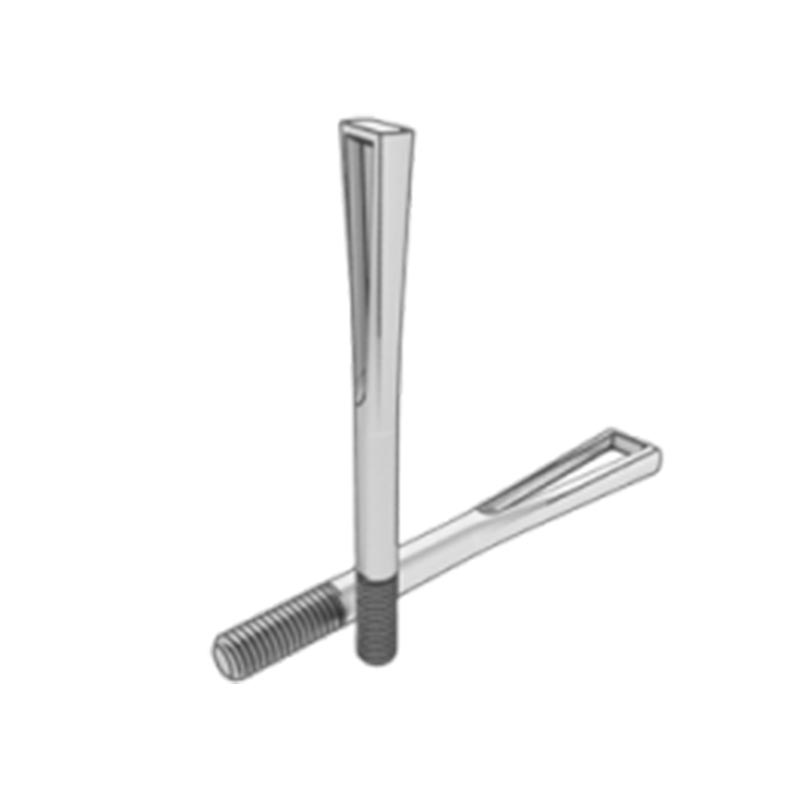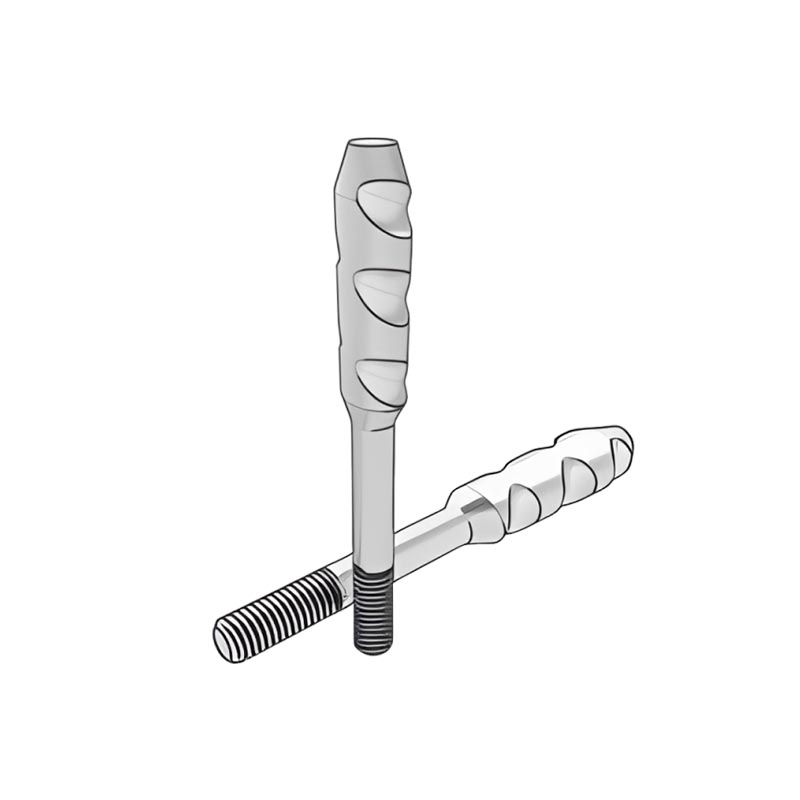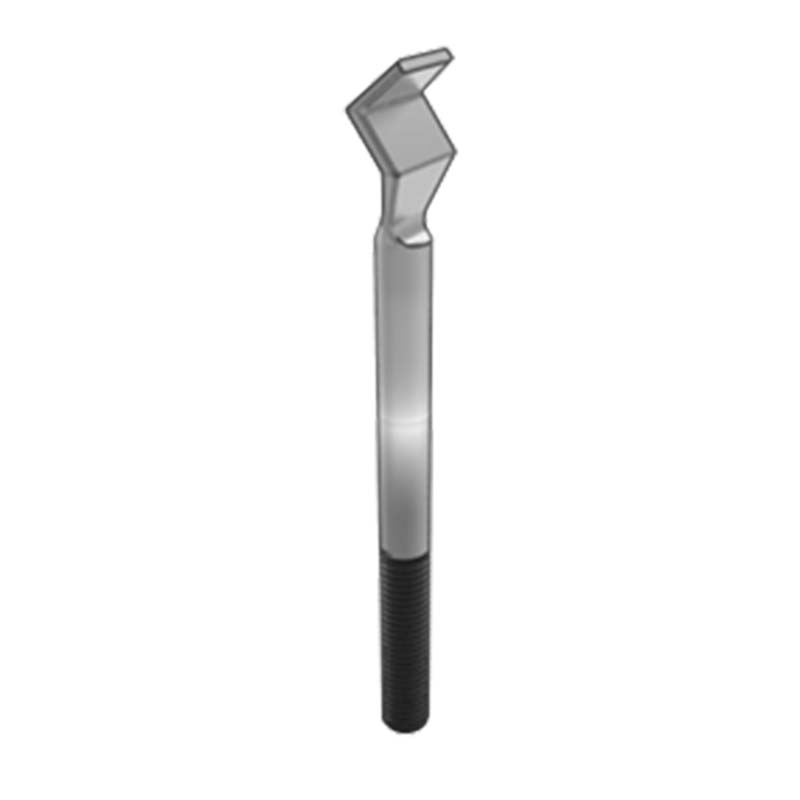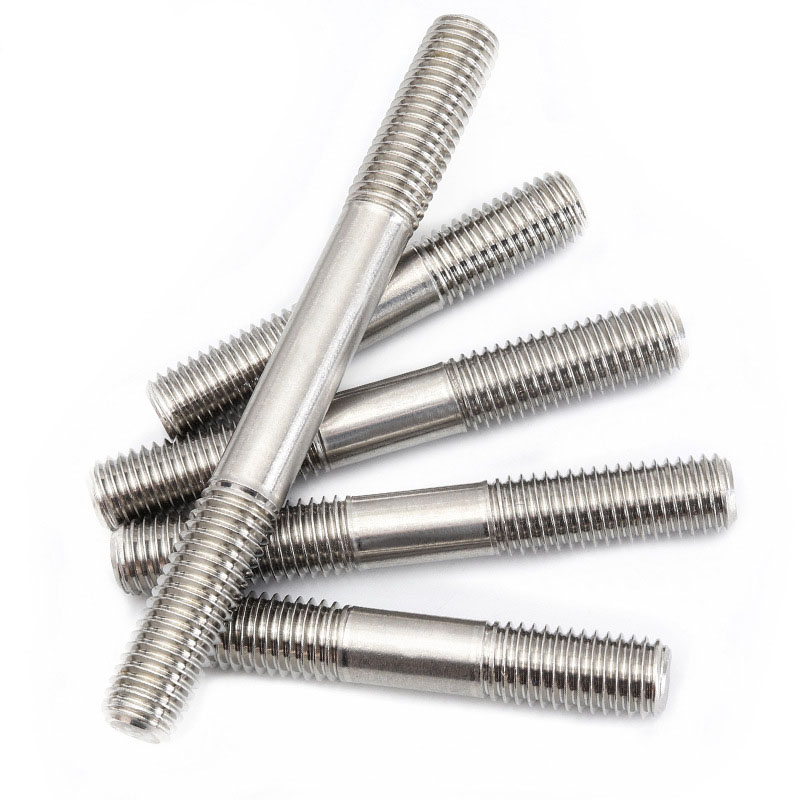T Head Anchor Bolt
Send Inquiry
The T head anchor bolt has a thick T-shaped block structure. The rod body is a straight cylinder. One end is connected to the T-shaped head, and the other end is processed with an external thread and can be embedded in a specific T-shaped groove.
Product parameters
| Mon | M24 | M30 |
| P | 3 | 3.5 |
| ds | 20 | 26 |
| a max | 12 | 15 |
| k | 15 | 19 |
| s | 43 | 54 |
| s1 | 24 | 30 |
| r | 2 | 2 |
Features
The T anchor bolt is mainly used to fix the track to the railway concrete sleepers. The flat "T" -shaped part is firmly embedded in the groove of the sleeper to prevent the bolt from rotating. The threaded end protrudes upwards and is used to fix the rail pad and the fastening clamp. It can firmly lock all components to prevent the train from vibrating and the load from moving.
The head of the T head anchor bolt mainly functions to prevent rotation. Once it is fixed in the groove of the sleeper, it cannot rotate. This is crucial when tightening the nuts above the track, as any rotation will weaken the connection strength. It ensures constant torque and holding force.
The T anchor bolt is different from the hexagonal head anchor Bolt. Once the anchor bolt is fixed in place, it will no longer rotate. It is physically embedded in the sleeper. Hexagonal head anchor bolts rely on the friction with the surface of the sleeper. For critical track anchoring that requires zero displacement, its reliable mechanical locking is of vital importance.
Install
For the T head anchor bolt, there is no need to dig particularly large and complex holes in the installation material. Just make a suitable small hole and insert the bolt, and it can be fixed very firmly. It has a good fixing effect and can withstand great tensile and compressive forces. It can be put to use in many places where high fixing strength is required.
